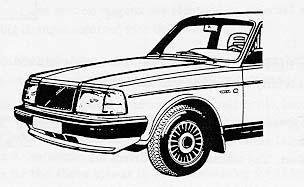240/260
Section 3: 1985 Through 1987 240/260 Models
Ongoing refinements to the 240 were made from 1985 through 1987. Although these models appear to be very similar to the 1978 through 1984 models, many subtle improvements were made.
These improvements added more new part numbers to the range. The parts catalog system was growing becasue of this increase in the number of 240 parts.
This Section is split up into the following segments:
- Engine/drive train
- Electrical/brakes
- Suspension/steering
- Body
In 1985 the B-23OF was introduced as a replacement for the B-23F used on the 1984 non-Turbo U.S. models and the B-23E used on Canadian 240 models. It contains the same dependable overhead camshaft, aluminum cylinder head and cast iron block design of its predecessors.
The B-23OF engine is used on the DL and GL models. The B-21F - Turbo engine was used in the Turbo models.
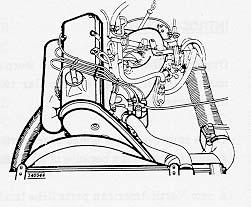
Why make internal changes to an already dependable, economical engine? The reasons speak for themselves:
- Internal friction was reduced by 15%.
- Vibration was reduced.
- Fuel consumption at idle was reduced by 4%.
- Cold starting was improved and overall engine operation was quieter and smoother.
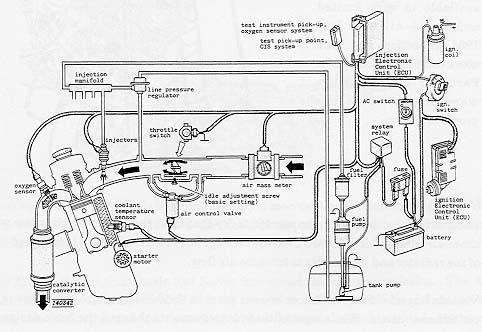
Notice that two parts, both called electronic control unit appear on the diagram. One works the ignition and is located in the engine compartment on the front right side. The other controls the fuel injection system and is located in the car interior.

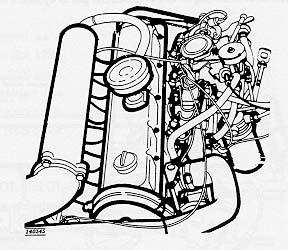
Various improvements to the component parts in the driveline (also called power transmission) continued to occur. None of these improvements changed the basic design of the driveline previously mentioned in Section 2.
Changes include new parts like larger bearings in some transmissions, different splines on the propeller shaft and other detail improvements.
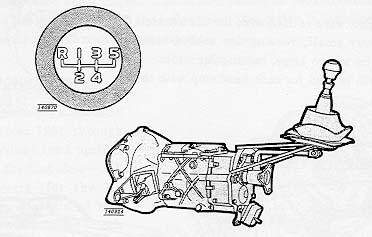
Starting with the 1987 models, a new five-speed manual transmission (designated M47) was introduced. The M47 is a further development of earlier Volvo manual transmissions.
The M45 is the original, basic 240 four-speed manual transmission. The M46 transmission is basically an M45 with an overdrive assembly added to it. Along this same line of thought, the M47 is an M45 with a fifth gear assembly added. Parts vary between transmission types, so never assume that an M45 or M46 part will fit an M47.
